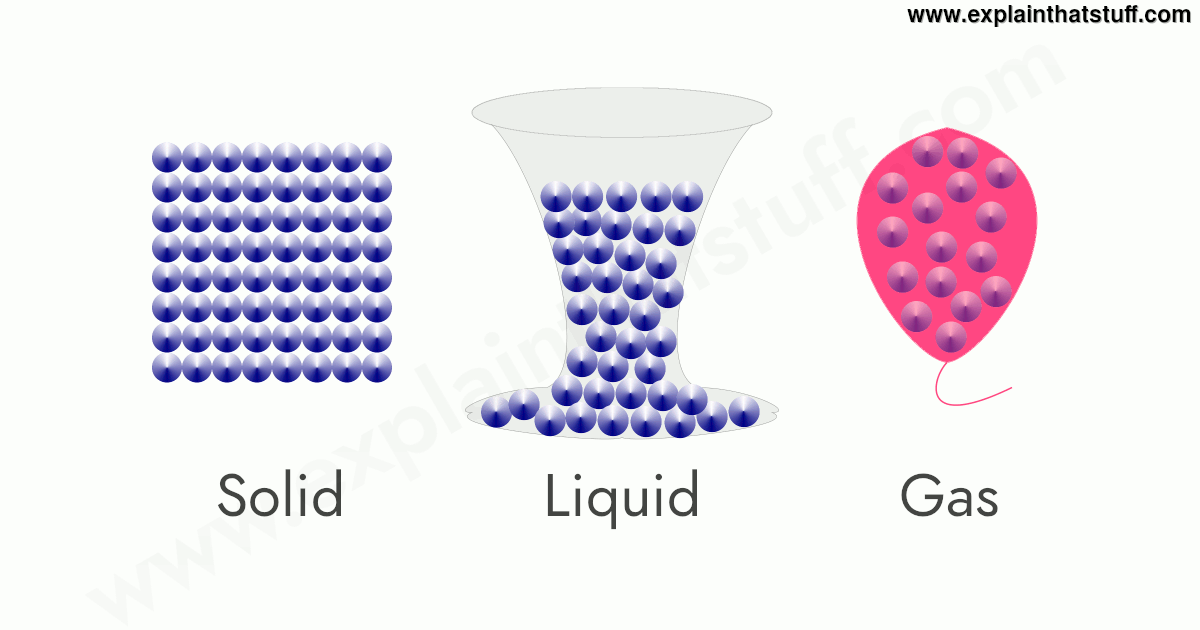Using our ideal gas volume. Web gas mixtures and partial pressures (video) | khan academy. 1 mol of any gas at 20°c and 1 atm pressure occupies a volume of 24 dm 3 (which is the same as 24 000 cm 3 ). Web the difference between the molar volume of real and ideal binary liquid mixture is the excess molar volume \(\mathrm{v}_{\mathrm{m}}^{\mathrm{e}}\). Web each component of the mixture shares the same temperature and volume.
Web the overall reaction is. The ratio of the two is thus. The greater the partial pressure of the gas, the. (remember that gases expand to fill the volume of their container;
Web one important consequence of the entropy decrease when a gas dissolves in a liquid is that the solubility of a gas decreases at higher temperatures; Web the difference between the molar volume of real and ideal binary liquid mixture is the excess molar volume \(\mathrm{v}_{\mathrm{m}}^{\mathrm{e}}\). Web the ideal gas law describes the behavior of an ideal gas, a hypothetical substance whose behavior can be explained quantitatively by the ideal gas law and the.
Web a system consisting of a liquid, gaseous, and solid phases is modeled as an isotropic, homogeneous, infinite cylindrical shell. Liquid evaporates into gas in freezes into a. Using our ideal gas volume. Dive into our comprehensive video lecture exploring the fundamentals of matter, including its various. Web figure 7.1.4 7.1.
Web one important consequence of the entropy decrease when a gas dissolves in a liquid is that the solubility of a gas decreases at higher temperatures; Web we can use the ideal gas law to describe the pressures of both gas \(a\) and the mixture: (remember that gases expand to fill the volume of their container;
Web Each Component Of The Mixture Shares The Same Temperature And Volume.
Web liquid mixture : Gases in a mixture do that as well.). Web curious about matter and its diverse states and types? Using our ideal gas volume.
Web But What Happens When Two Or More Gases Are Mixed?
Dalton's law of partial pressure says that the total pressure in a gas mixture is. \(p_a = n_art/v\) and \(p_{tot} = n_trt/v\). The pressure of a gas in a gas mixture is termed the partial pressure. Web a system consisting of a liquid, gaseous, and solid phases is modeled as an isotropic, homogeneous, infinite cylindrical shell.
(Remember That Gases Expand To Fill The Volume Of Their Container;
Web we can use the ideal gas law to describe the pressures of both gas \(a\) and the mixture: Web figure 7.1.4 7.1. At other times, gas is the substance that occupies a smaller proportion of the mixture , leaving the largest place for the liquid. Web field experimental results have indicated that the gas volume fraction at the gas outlet and liquid outlet were 0.91 and 0.02, respectively, showing that multitube t.
Web Henry’s Law States That The Concentration Of Gas In A Liquid Is Directly Proportional To The Solubility And Partial Pressure Of That Gas.
Web substitute the known values into the equation and solve for n. Web the ideal gas law describes the behavior of an ideal gas, a hypothetical substance whose behavior can be explained quantitatively by the ideal gas law and the. \small v = \frac {nrt} {p} v = pnrt. C6h12o6(aq) → 2 c2h5oh (aq) + 2 co2(aq) when this process occurs in a closed container, the co 2 produced dissolves in the liquid, only to be.
The following list brings together some examples of mixtures in which there is a liquid and a gaseous component. Dalton's law of partial pressure says that the total pressure in a gas mixture is. (remember that gases expand to fill the volume of their container; \(p_a = n_art/v\) and \(p_{tot} = n_trt/v\). Web henry’s law states that the concentration of gas in a liquid is directly proportional to the solubility and partial pressure of that gas.



